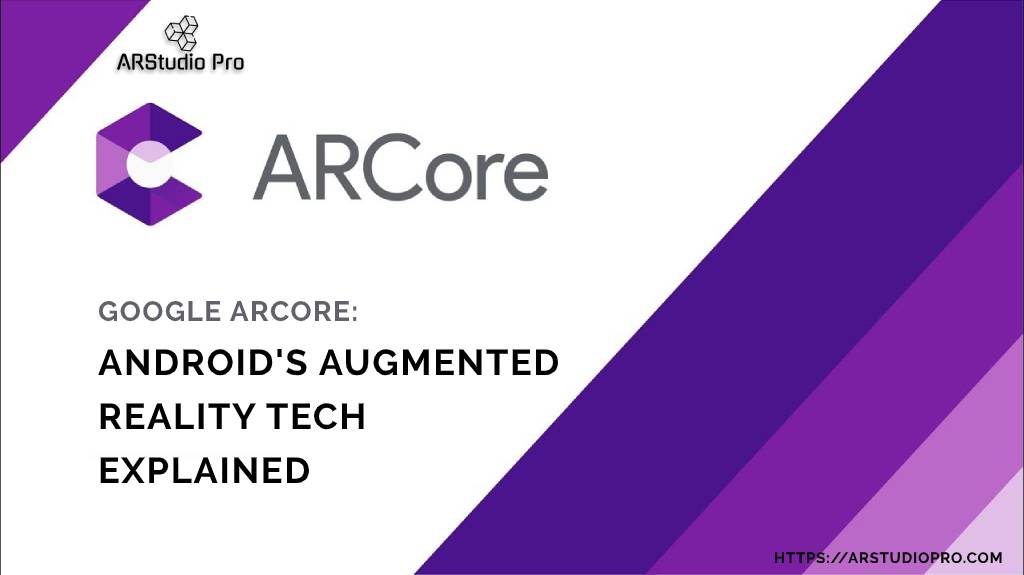
Google ARCore: Android's augmented reality tech explained
February,2020
ARCore is Android’s version of Apple ARKit. it's a baked-in augmented reality platform that developers can leverage.
It's different from the now-discontinued Tango, another AR effort by Google that relies on custom hardware requirements. ARCore could be a smaller amount powerful than Tango, but that's okay. It's meant to be more accessible. Google said it'll work with 100 million existing and upcoming devices.
What is augmented reality?
While game immerses you into a locality, replacing everything you see in an exceedingly physical world, Augmented reality (AR) takes the world around you and adds virtual objects over it.
With AR, as an example, you will be able to shop around a locality with your's phone display and see a Pokemon standing before you.
How does ARCore work?
ARCore has three elements: motion tracking, which figures out a phone’s location supported internal sensors and video, enabling you to pin objects and walk around them; environmental understanding, which uses a phone's camera to detect flat surfaces; and light-weight estimation, which helps virtual objects in an AR experience have accurate shadows, and thus, make time for with their real-life surroundings.
Developers could use ARCore to let your phone denote specific buildings or street corners or pinpoint indoor locations within some centimetres.
Or, as an example, imagine trying to search out a guide to your complicated treadmill, but all you've to undertake and do is take a picture of the machine, and an app could then conduct a visual search so on spot it and overlay instructions or ply a YouTube video or PDF manual.
Do developers need to use ARCore?
No. Android developers could already make AR apps without ARCore, almost like iOS developers could make AR apps without ARKit.
After all, before these platforms emerged, apps like Pokemon Go were available. ARCore just makes it easier for developers to feature AR experiences into their apps. as an example, Google claimed that it's optimised ARCore’s performance over an outside developer could do.
Experienced developers will want to use Java/OpenGL, Unity, and Unreal, but other developers - who are new 3D design - can export ARCore objects from Google’s new Tilt Brush VR painting app or Blocks modeling tool.
Can all Android phones use ARCore?
Not all of them, there's a listing of supported devices. Google Play Services for AR is out there via the Google Play Store for supported devices.
Broadly speaking, ARCore requires Android 7.0 or later (some phones within the list have or require newer versions as noted below). The phone also should have Google Mobile Services (GMS) and thus the Google Play Store.



